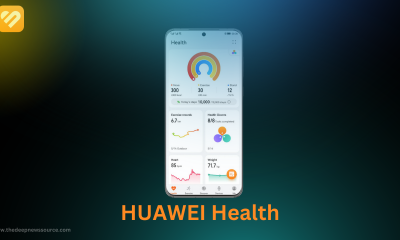News
Qualcomm Snapdragon 870 Release date, New Features and Specification
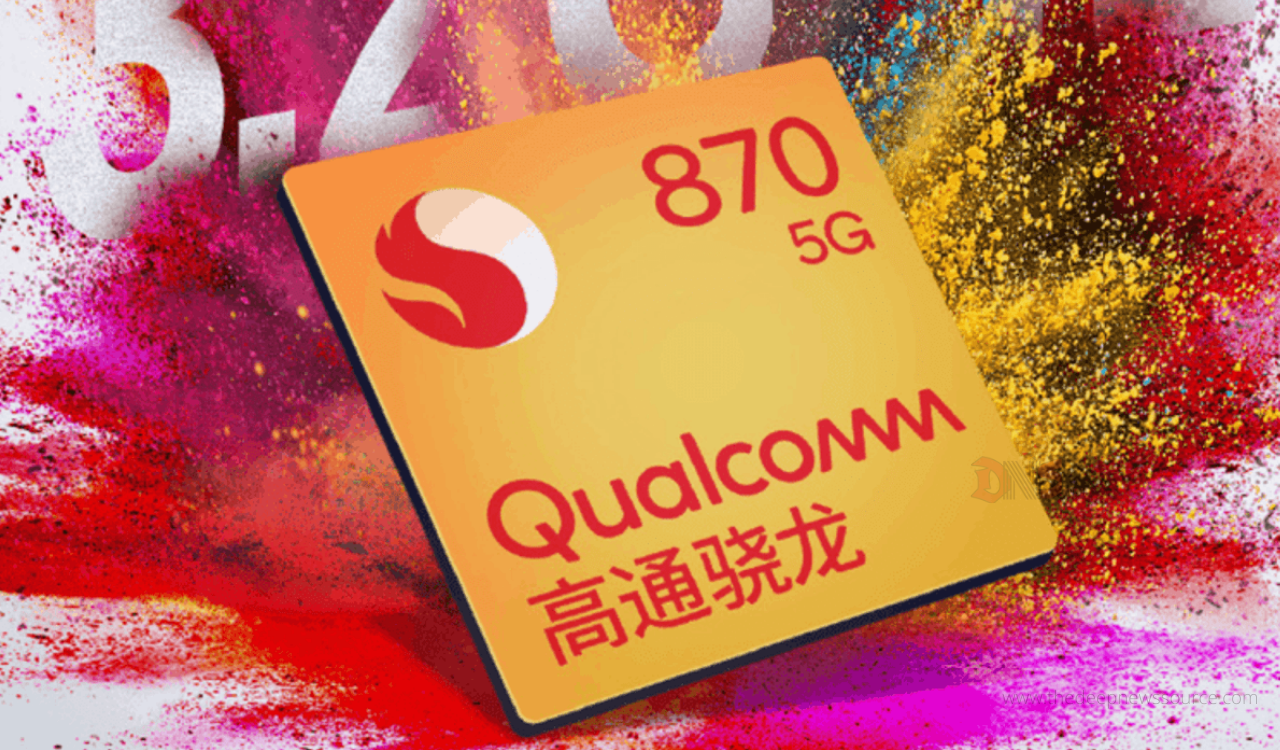
The Snapdragon QSD8250 was released in December 2007 and it included the first 1 GHz processor for smartphones. Qualcomm introduced its “Krait” microarchitecture in the second generation of Snapdragon SoCs in 2011, allowing each processor core to adjust its speed based on the device’s needs.
Now the Qualcomm will soon launch its latest Snapdragon 870 processor with the upcoming Motorola Edge S smartphone. The Snapdragon 870 5G Mobile Platform is a connectivity powerhouse, featuring both the Snapdragon X55 5G Modem-RF System and the Qualcomm® FastConnect™ 6800 Subsystem. With 5G and Wi-Fi 6 capabilities, you’ll experience high speeds, increased capacity, and widespread accessibility no matter where you connect with 5G. Now below you can check the specification, new features and release date.
Qualcomm Snapdragon 870 Specification and features:
Artificial Intelligence:
- Adreno 650 GPU
- Kryo 585 CPU
Hexagon 698 Processor
- Hexagon Tensor Accelerator
- Hexagon Vector eXtensions
- Hexagon Scalar Accelerator
Qualcomm Sensing Hub
- Ultra-low-power hub for audio, voice and sensors
- Supports AI algorithms at low power
- Support for fusing contextual data streams
- including sensors, audio and voice
- Supports multiple voice assistants
- Multi-mic far-field detection and echo cancellation.
5G Modem-RF System:
- Snapdragon X55 5G Modem-RF System
- 5G mmWave and sub-6 GHz, standalone (SA) and non-standalone (NSA) modes, FDD, TDD
- Dynamic Spectrum Sharing
- mmWave: 800 MHz bandwidth, 8 carriers, 2×2 MIMO
- Sub-6 GHz: 200 MHz bandwidth, 4×4 MIMO
- Qualcomm® 5G PowerSave
- Qualcomm® Smart Transmit™ technology
- Qualcomm® Wideband Envelope Tracking
- Qualcomm® Signal Boost adaptive antenna tuning
- Global 5G multi-SIM
- Downlink: Up to 7.5 Gbps
- Uplink: Up to 3 Gbps
- Multimode support: 5G NR, LTE including CBRS, WCDMA, HSPA, TD-SCDMA, CDMA 1x, EV-DO,
GSM/EDGE
Wi-Fi & Bluetooth:
FastConnect 6800 Subsystem
- Wi-Fi Standards: Wi-Fi 6 (802.11ax), 802.11ac Wave 2, 802.11a/b/g/n
- Wi-Fi Spectral Bands: 2.4 GHz, 5 GHz
- Peak speed: 1.774 Gbps
- Channel Utilization: 20/40/80 MHz
- 8-stream sounding (for 8×8 MU-MIMO)
- MIMO Configuration: 2×2 (2-stream)
- MU-MIMO (Uplink & Downlink)
- 1024 QAM (2.4 & 5 GHz)
- OFDMA (2.4 and 5 GHz)
- Dual-band simultaneous (DBS)
- Wi-Fi Security: WPA3-Enterprise, WPA3-Enhanced Open, WPA3 Easy Connect, WPA3-Personal
Integrated Bluetooth
- Bluetooth Version: Bluetooth 5.2
- Bluetooth audio: aptX Voice audio for super-wide band voice calls, aptX Adaptive audio for robust, low latency, high-quality audio, Qualcomm TrueWireless™ Technology
Camera:
- Qualcomm Spectra™ 480 Image Signal Processor
- Dual 14-bit ISPs
- Up to 2 Gigapixels per Second
- Hardware accelerator for computer vision (CV-ISP)
- Up to 200 MP Photo Capture
- Up to 25 MP dual camera @ 30 FPS with Zero Shutter Lag
- Up to 64 MP single camera @ 30 FPS with Zero Shutter Lag
- Rec. 2020 color gamut video capture
- Up to 10-bit color depth video capture
- 4K Video Capture + 64 MP Photo
- 8K Video Capture @ 30 FPS
- Slow-mo video capture at 720p @ 960 FPS
- HEIF: HEIC photo capture, HEVC video capture
- Video Capture Formats: HDR10+, HDR10, HLG, Dolby Vision
- 4K Video Capture @ 120 FPS
- 4K HDR Video Capture with Portrait Mode (Bokeh)
- Multi-frame Noise Reduction (MFNR)
- Real-time object classification, segmentation and replacement
Audio:
- Hexagon for hardware-accelerated voice signal processing
- Qualcomm Aqstic™ audio codec (Up to WCD9385)
- Total Harmonic Distortion + Noise (THD+N), Playback: -108dB
- Native DSD support, PCM up to 384 kHz/32-bit
- Customizable “Golden Ears” filter
- Qualcomm Aqstic smart speaker amplifier (up to WSA8815)
Display:
- On-Device Display Support:
- 4K @ 60 Hz
- QHD+ @ 144 Hz
- Maximum External Display Support: up to 4K @ 60 Hz
- 10-bit color depth, Rec. 2020 color gamut
- HDR10 and HDR10+ CPU
CPU:
- Kryo 585, Octa-core
- Up to 3.2 GHz
- 64-bit Architecture
Visual Subsystem:
- Adreno 650 GPU
- Vulkan® 1.1 API support
- HDR gaming (10-bit color depth, Rec. 2020 color gamut)
- Physically Based Rendering
- API Support: OpenGL® ES 3.2, OpenCL™ 2.0 FP, Vulkan 1.1
- Hardware-accelerated H.265 and VP9 decoder
- HDR Playback Codec support for HDR10+,
- HDR10, HLG and Dolby Vision.
Security:
- Qualcomm® Secure Processing Unit: Mobile, Payment, Dual SIM/ Dual Standby
- Qualcomm® 3D Sonic Sensor and Qualcomm 3D Sonic Max
- Biometric Authentication: Fingerprint, Iris, Voice, Face
- On-Device: Qualcomm® Mobile Security, Key Provisioning Security, Qualcomm® Processor Security, Qualcomm® Content Protection, Qualcomm® Trusted, Execution Environment, Camera Security, Crypto Engine, Malware Protection, Secure Boot, Secure Token.
Charging:
- Quick Charge 4+ technology.
Location:
- GPS, Glonass, BeiDou, Galileo, QZSS, NavIC capable, and SBAS
- Dual Frequency Support
- Low Power Geofencing and Tracking, Sensor-assisted Navigation
- Near Field Communications (NFC): Supported.
Memory:
- Support for LP-DDR5 memory up to 2750 MHz
- Support for LPDDR4x memory up to 2133 MHz
- Memory Density: up to 16 GB.
General Specifications:
- Full Suite Snapdragon Elite Gaming features
- 7 nm Process Technology
- USB Version 3.1; USB Type-C Support
- Part Number: SM8250-AC.
YOU CAN JOIN US AT OUR TELEGRAM CHANNEL.
Qualcomm Snapdragon 870 Release Date:
The Qualcomm Snapdragon 870 will come with the Motorola Edge S smartphone on January 26. Snapdragon 870 5G is considered to be an upgrade over the last year’s Snapdragon 865 SoC.
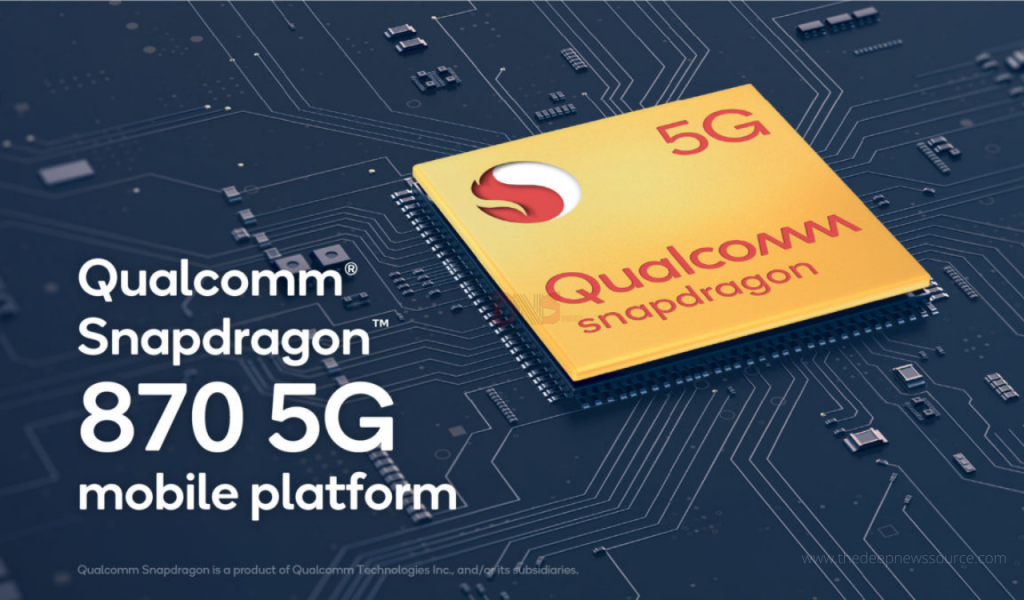
News
Samsung Expands DIY Repair Program to Include Galaxy S23, Z Fold 5, Flip 5, and More
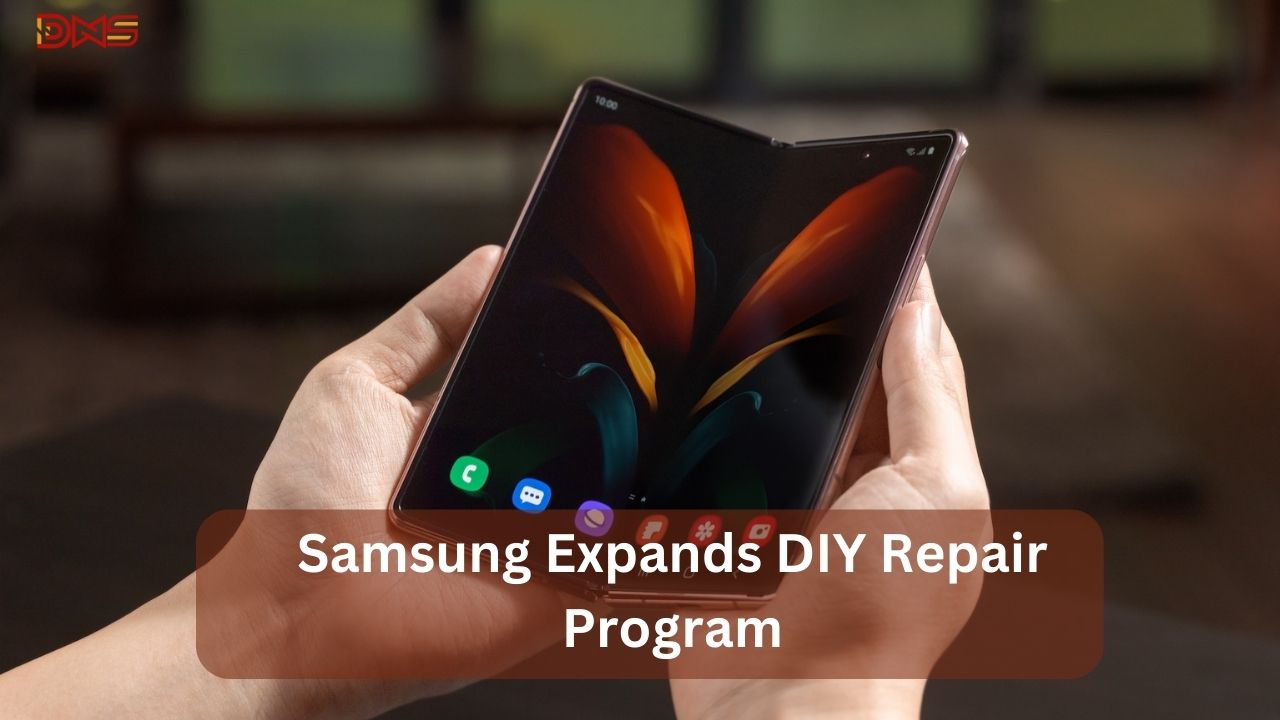
Samsung is making it easier for users to fix their devices by expanding its DIY repair program. In a recent announcement, Samsung shared that over a dozen new devices will be included in the Self-Repair program. Among them are the Galaxy Z Fold 5 and Galaxy Z Flip 5, marking the introduction of DIY repair options for Samsung’s foldable phones.
The Self-Repair program will provide users with access to parts and guides for fixing their devices at home. Samsung [Samsung Newsroom Post] is taking a step towards empowering users to take control of their device maintenance, offering support for popular devices like the Galaxy Z Fold 5 and Galaxy Z Flip 5 in this latest expansion.
Until now, Samsung mainly provided DIY repair options for its regular smartphones, tablets, and laptops. However, when it came to the more intricate foldable models like the Galaxy Fold and Flip, the company limited users to professional repair services due to the complexity of these devices.
Now, in a noteworthy move, Samsung is expanding its DIY repair support to include its foldable models, starting with the Galaxy Z Fold 5 and Galaxy Z Flip 5. This means users will soon have the option to tackle repairs at home, marking a shift in Samsung’s approach to empower users in maintaining and fixing their foldable devices.
This development follows Google’s recent introduction of DIY repair options for its Pixel Fold, though it’s worth noting that repair parts for the Pixel Fold can be relatively expensive, such as the inner screen alone costing $900. As Samsung joins the DIY repair trend for foldables, it’ll be interesting to see how this impacts the accessibility and affordability of maintaining these innovative devices.
The full list of new Self-Repair options for Galaxy devices includes:
- Galaxy Z Fold 5
- Galaxy Z Flip 5
- Galaxy S23
- Galaxy S23+
- Galaxy S23 Ultra
- Galaxy S23 FE
- Galaxy A05s
- Galaxy Tab S9
- Galaxy Tab S9+
- Galaxy Tab S9 Ultra
- Galaxy Tab S9 FE
- Galaxy Tab S9+ FE
- Galaxy Tab A9
- Galaxy Tab A9+
- Galaxy Book 2 Pro (15-inch)
- Galaxy Book 2 Pro 360 (15-inch)
Samsung is making its Self-Repair program available to more people around the world. The program is spreading to South Korea and over 30 European countries, including places like Denmark, Greece, Hungary, and Portugal. However, it’s important to note that, as of now, these new devices are not yet supported in the United States, and parts are not available from Samsung’s retail partner, iFixit.
via:- 9to5google/samsungnewsroom/ifixit
Huawei
Huawei Quick App Center gets the latest version 13.5.1.201 [APK]
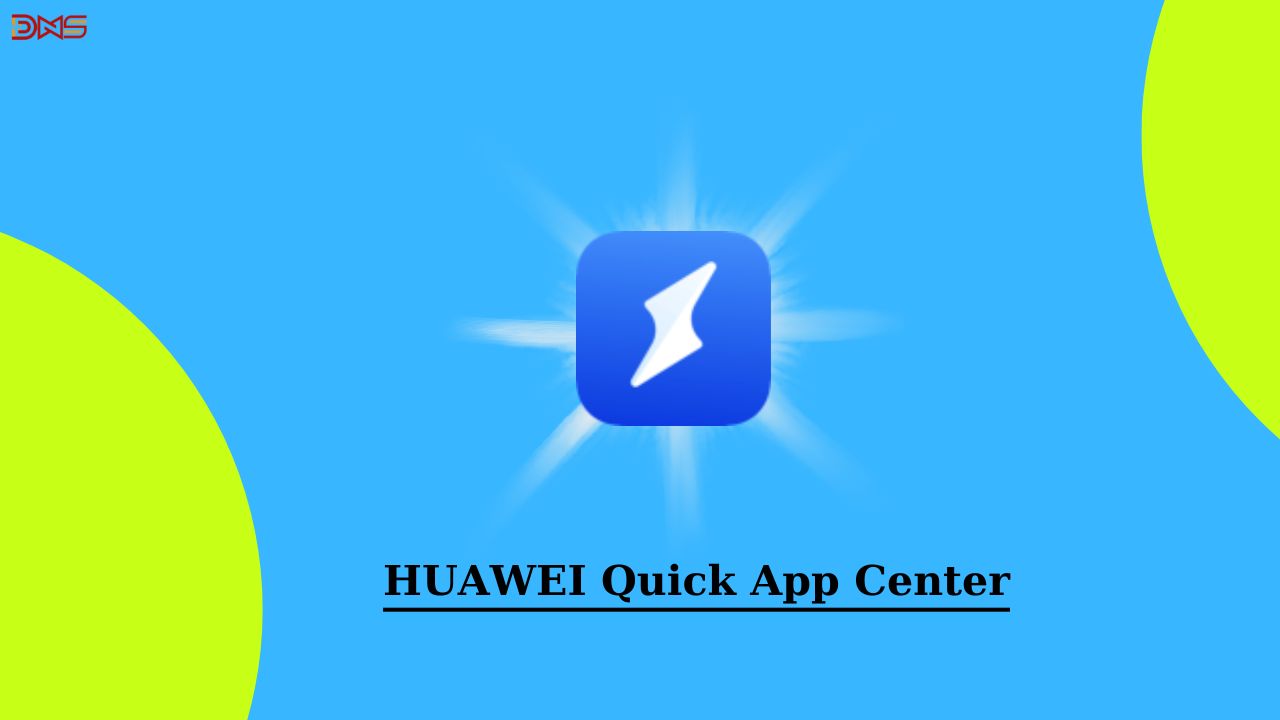
Huawei has recently revamped its pre-installed applications, including Huawei Health, Huawei Assistant, and AppGallery. The latest update introduces the Huawei Quick App Center, marking a significant change. This update reflects Huawei’s commitment to enhancing user experience and providing streamlined access to applications.
The latest update for the Quick App Center app comes with version number 13.5.1.201 and the installation size is 74.01 MB. With this new update, the company has fixed some known issue bugs. For a better app experience, you should install this latest build on your Huawei devices, below you can check the download link.
SOFTWARE INFORMATION:-Application name:
Update Version:
Update Size:
|
DOWNLOAD LINK:-
| Huawei Quick App Center V13.5.1.201 APK |
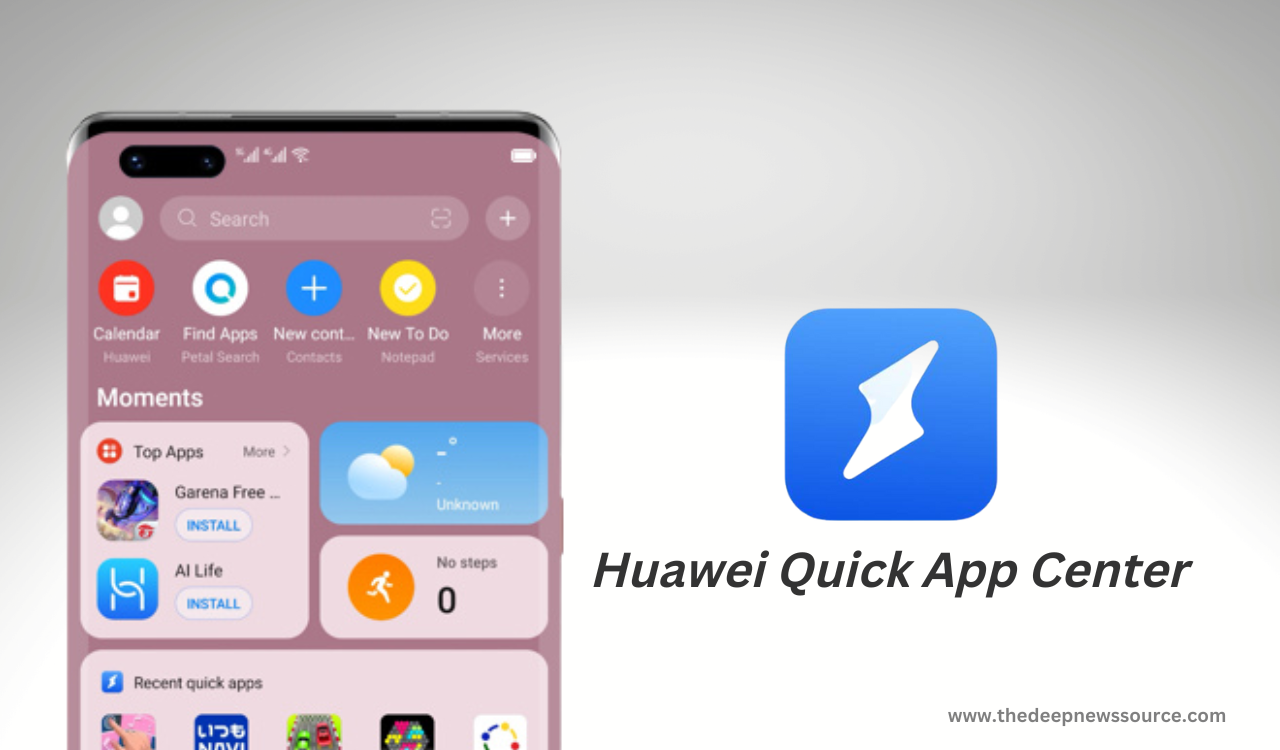
HUAWEI QUICK APP CENTER:-
As per the official introduction, the Huawei Quick app Center allows users to use and manage apps without installation. Also, this application provides the feature to create the app shortcut on your device’s Home Screen. The best part of the Quick app is that it takes up very little space on your device and it has been updated automatically to increase your work experience.
| Telegram | Google News | TwitterX |
Harmony OS
HarmonyOS NEXT Lands in 2024: Huawei CEO Sets Big Goals
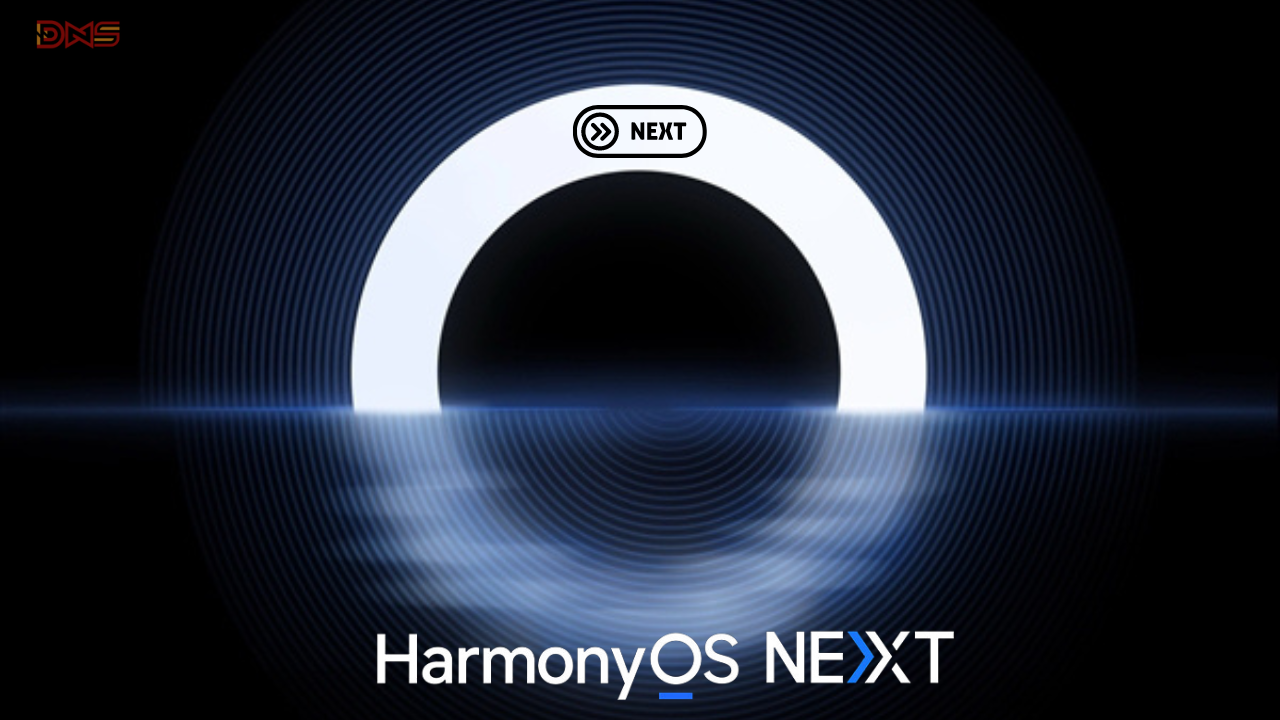
Huawei’s big boss just hinted at exciting new things for their software in 2024! Expect fresh products built on their latest HarmonyOS NEXT system.
During the Fan Club (Pollen) Annual Conference 2023, Yu Chengdong announced that Huawei plans to reveal several advanced products next year. He also predicted the launch of HarmonyOS NEXT products and improved native application experiences in 2024.
The CEO didn’t share when exactly the new software and native applications would be released, but we can anticipate the official reveal to happen in early 2024.
Huawei needs to make HarmonyOS fully independent and essential without relying on Android libraries soon. Hopefully, the company will speed up its efforts in the coming days.
Many app developers, such as Alipay, McDonald’s, HiPaint, Bank of Communications, and others, have joined native app development for HarmonyOS. The goal is to create a strong app ecosystem independent of Android and iOS.
Huawei is set to offer HarmonyOS-based courses, with approval for 55 projects and over 10 universities planning to launch these courses soon.
Huawei plans to introduce apps in more than 18 categories, focusing on digital and financial sectors. According to Yu Chengdong, these native HarmonyOS applications aim to be smoother, smarter, safer, and more comprehensive compared to iOS and Android.






